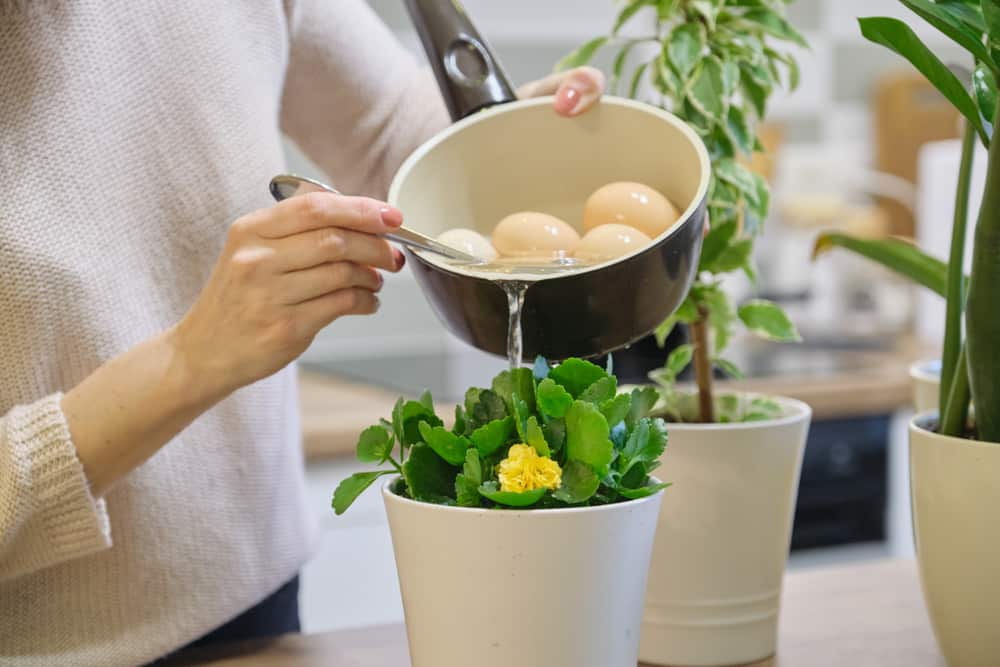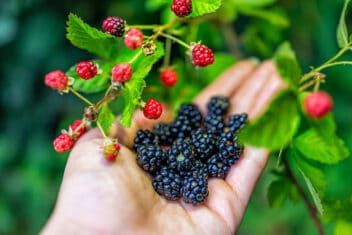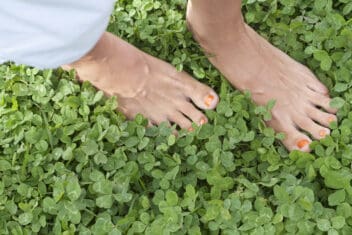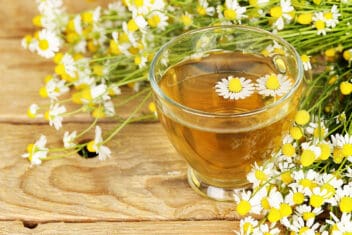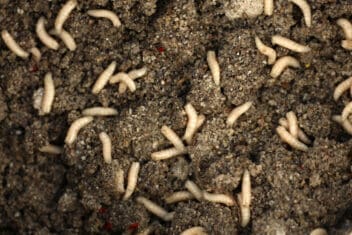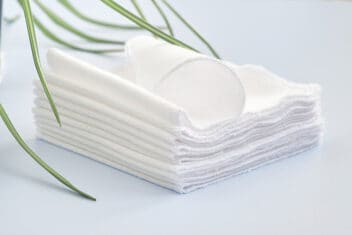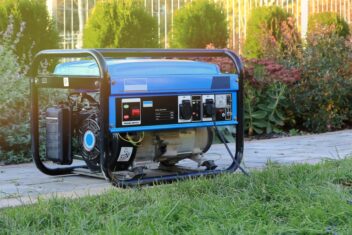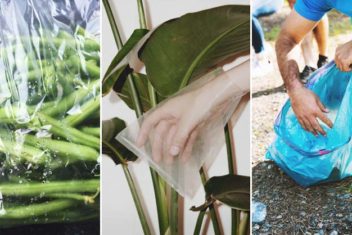Every year we hear more and more about water uncertainty. As the climate and weather patterns shift and change, water is one of the changes we notice most. But so many of us are stuck in patterns of water use that don’t match our concern for the environment.
It’s hard to change, especially when – for most of us – water systems are out of sight and out of mind.
If you’re interested in trying to conserve water, try incorporating one or two of these tips into your life each month. Some may stick with you, others might not fit your life. But every little bit helps.
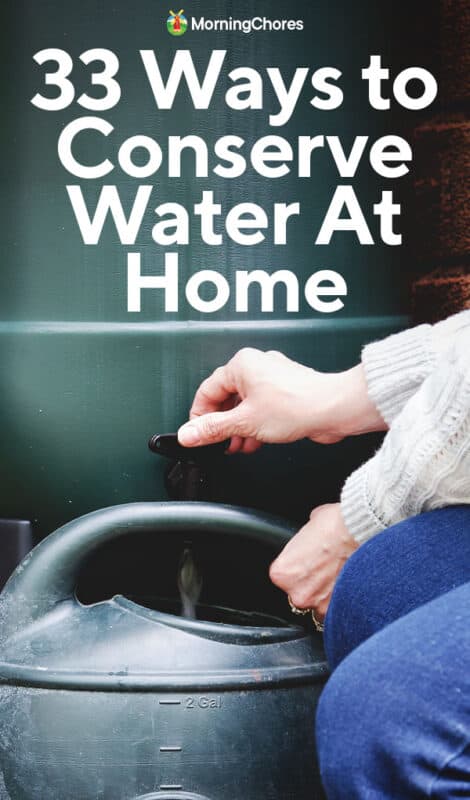
Easy Changes
When I was growing up in the suburbs, I thought nothing of taking one or two long, hot showers a day. I let the sink run while brushing my teeth and scrubbing my face, and I washed small loads of laundry one after another to “make sure everything got clean.”
Then, I moved onto an off-grid homestead without a well. Suddenly, I was hauling buckets of wash water from a stream and gathering rainwater. I quickly realized that it was as hard to conserve water as it was to haul it, and in the process, I inspired my sweet, suburban extended family to start conserving as well.
To reduce water consumption, start by “talking to the man (or woman) in the mirror.”
1. Turn Off the Faucet
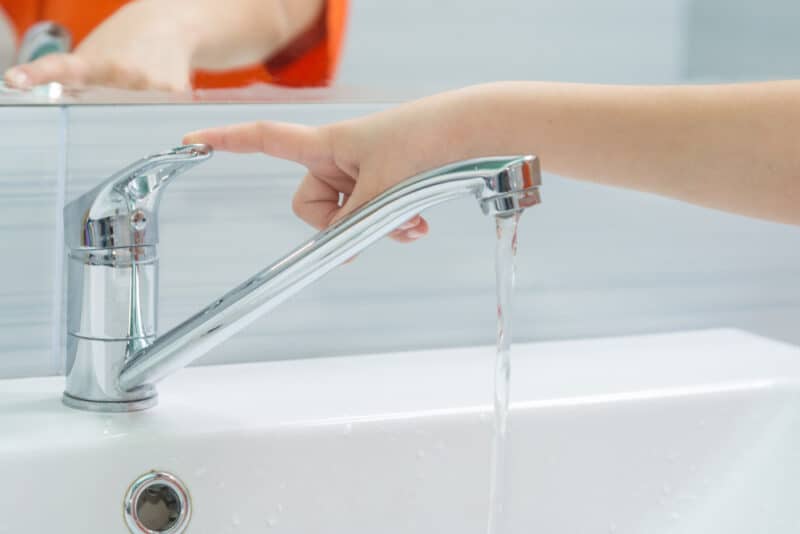
When you’re brushing your teeth, scrubbing your hands and face, or shaving – turn off the faucet. Only turn it on when you’re actively using that water. Try filling the sink basin with a little warm water to dip your scrub brush or razor in.
2. Rinse Produce in a Bowl
Don’t rinse your fruit and veggies under running water in the sink. Instead, fill half of a large bowl with clean water and use that to wash fruit and veggies.
3. Keep Drinking Water in the Fridge
To have a ready supply of cool, drinking water on hand. Refill old bottles (we use wine bottles) and store them in your fridge. That way, you don’t have to run the faucet to get to the fresh water each time you get a drink.
4. Wash Dishes By Hand
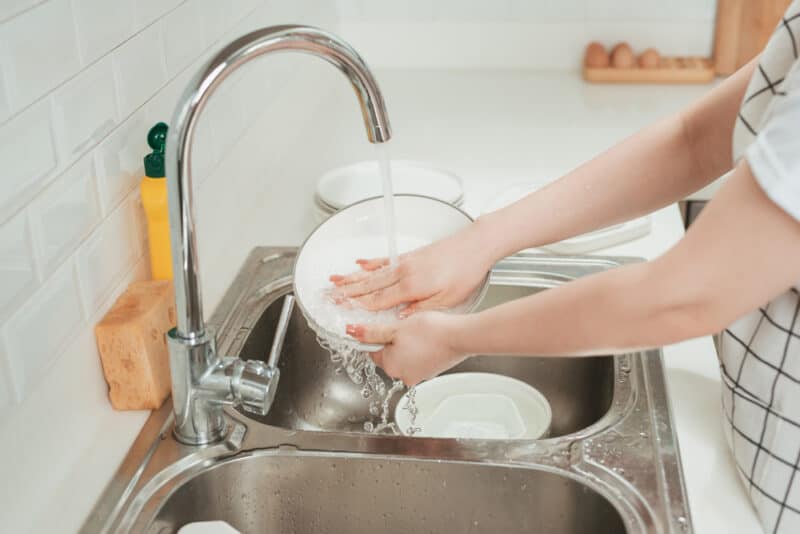
Unless you have a water-saving dishwasher, it’s better to wash most of your dishes by hand. Half-fill one sink with soapy water and one with clean water. You’ll get a lot of dishes done with minimal water use.
5. Heat Up Your Water On the Stove
If your water takes a long time to warm up, fill a pot with cool water and heat it on the stove instead of running the faucet til it’s warm. It takes more energy but it saves a lot of water.
6. Use a Watering Can
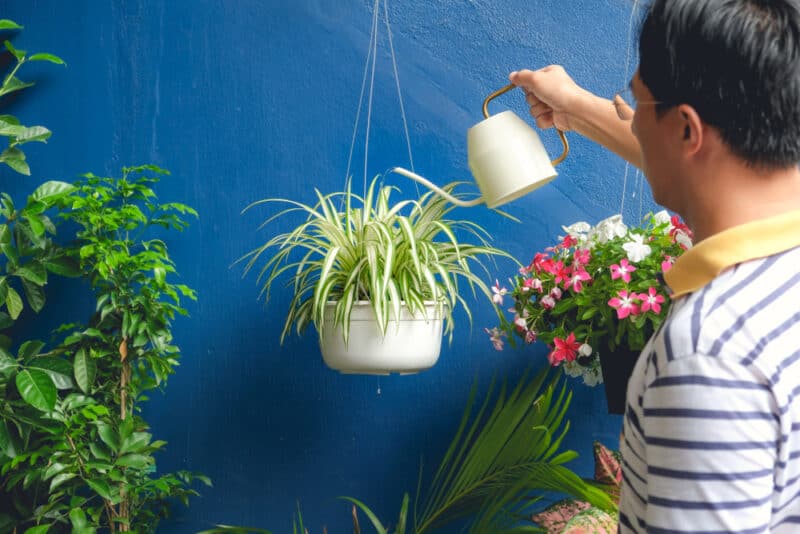
When we hose our garden, we tend to use a lot more water. Try filling a watering can instead to keep an eye on how many gallons you use.
7. Collect Rain Water
One or two rain barrels collecting under the gutter can provide you with plenty of fresh, clean water to use around the house and garden.
8. Let Your Grass Grow
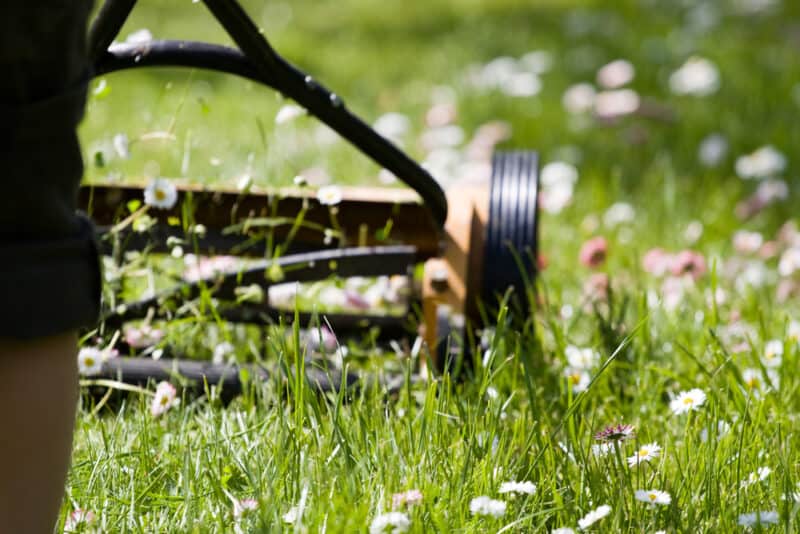
Taller grass helps the soil retain water better. Adding even a half inch of height to your lawn can help keep moisture in your soil.
9. Don’t Hose Driveways
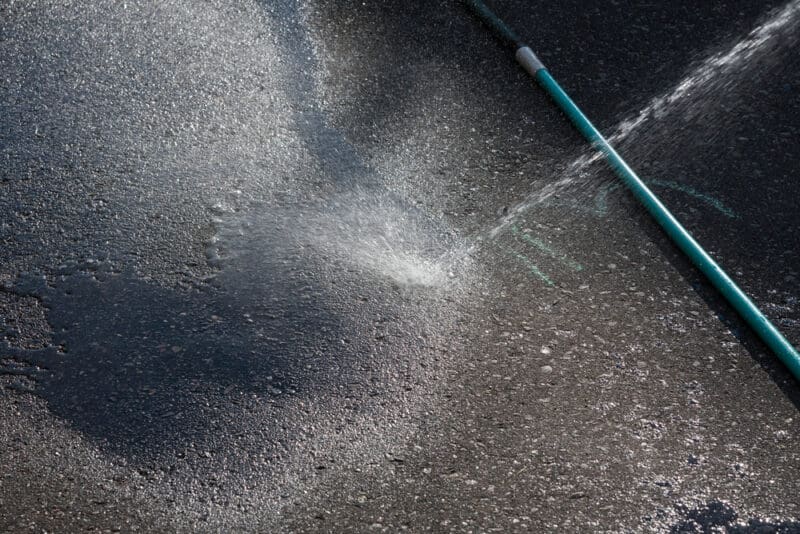
Use a broom, not a hose, to clean your driveway and walkways. Keep an old, beat-up broom and dip it in water if you need to scrub off part of your driveway.
10. Don’t Dump Drinking Water
If you don’t want your drinking water for some reason, don’t dump it down the sink. Add it to your dishwater, put it in the dog’s water dish, or water your plants with it.
11. Only Wash Full Loads
In the dishwasher or laundry, fill up the machine before washing. Washing half of a load is extremely wasteful, even in machines that sense the load and adjust accordingly.
12. Take Shorter Showers

Most showers use 5-10 gallons of water each minute. Turn off the shower while scrubbing, washing your hair, and shaving. Try cutting a minute or two off your shower and you’ll save 10-20 gallons of water easily.
13. Mulch
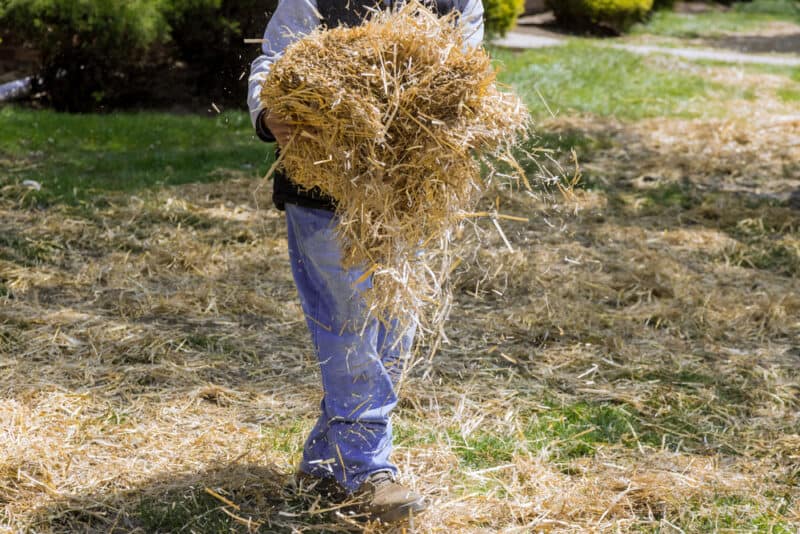
Mulching your plants helps them retain water. Use mulch between trees, shrubs, and flowers to help them stay healthy and well-hydrated.
14. Skip the Car Wash
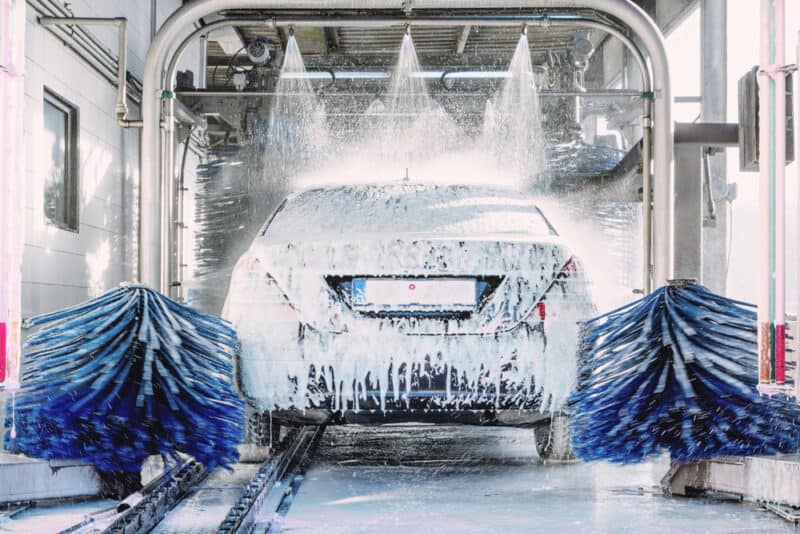
Wash your car at home, with a bucket and cloth – the old-fashioned way. You’ll save a lot of water, and you’ll be able to focus on the areas of your car that really need attention.
15. Don’t Irrigate Unnecessarily
Water your lawn and garden when you need to. Don’t have your sprinkles so programmed that they water every day, even in the rain.
16. Use Less Fertilizer
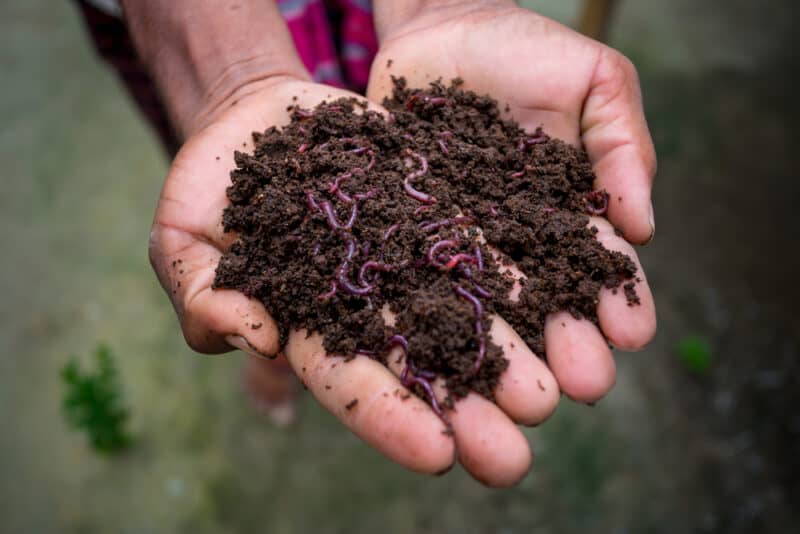
Try replacing fertilizer with compost. Fertilizer not only uses a lot of water to produce, but it also increases your plant’s need for water. They get more thirsty after each treatment. Conserve water and use vermicompost for a double benefit for your garden.
17. Bathe Less Often
Americans tend to over-bathe. We really like our showers and baths. Try bathing only every other day – or every three days. It’s better for your hair and skin, and better for the water supply.
18. Deep-Soak Your Lawn and Garden
It seems counter-intuitive, but giving your lawn and garden a long, deep soak rather than a daily sprinkle will save water. A deep soak will last longer and sustain your plants for days – reducing the number of times you have to water.
19. Plant Trees and Flowers That Fit Your Climate
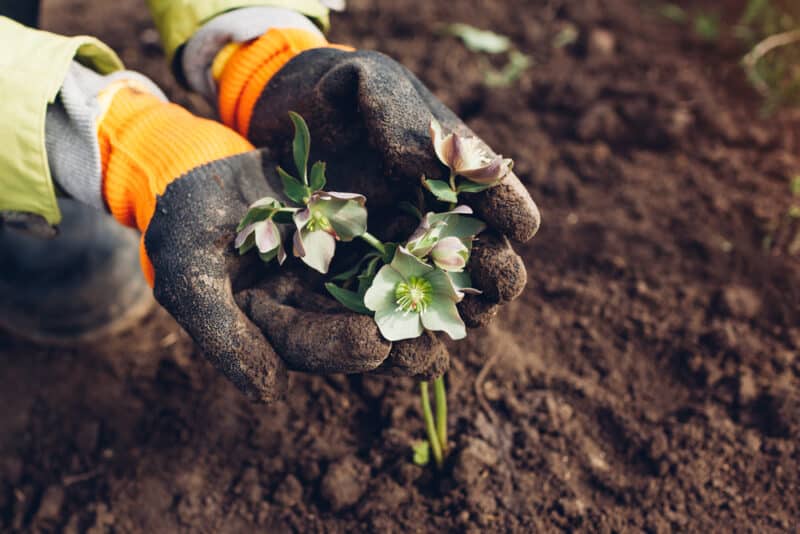
Fill your landscape with plants that can handle the environment. You may have to reduce (or get rid of) your lawn. Trees and flowers that can exist in harmony with your environment will need less water and less fertilizer than plants that are adapted to a different climate.
20. Don’t Use your Toilet as Garbage
Don’t use your toilet for trash or cigarette butts. Not only do they clog the pipes and cause them to back up, but this also increases the number of flushes unnecessarily. If you blow your nose on a tissue or toilet paper, don’t flush it after tossing it into the toilet.
21. Cover Swimming Pools
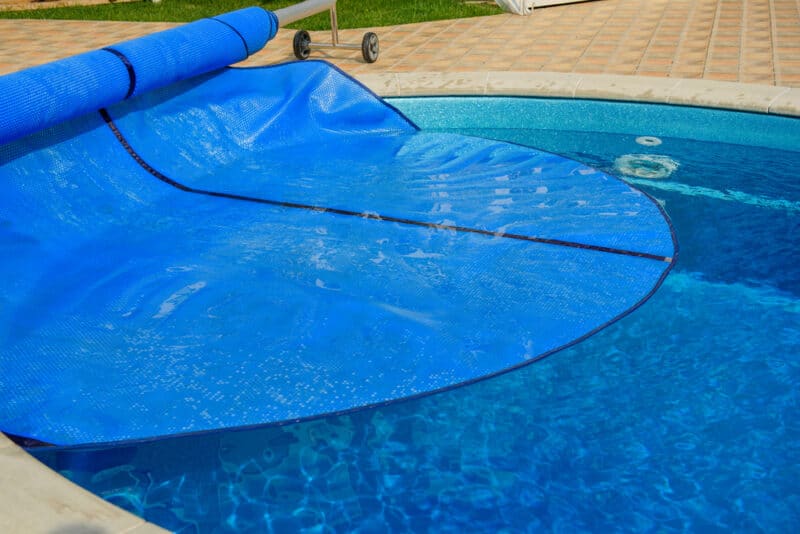
If you’re not using the pool, keep it covered. Evaporation can cause you to lose over an inch of water each week when the pool is uncovered. In hot weather, you can lose over two inches each week. Cover it up when you’re not using it, and save gallons!
22. Look at Your Diet
Foods like almonds use more water than many other crops. Try transitioning to a more sustainable, locally-based diet and growing (or raising) more of your own food. Homegrown produce, eggs, and even milk can reduce your water use considerably.
Bigger Changes
Daily habits can reduce a lot of water waste, but some of the biggest water waste comes from major systems in our homes. If you want to really conserve a lot of water, try making one (or more) of the following changes.
23. Check for Leaks
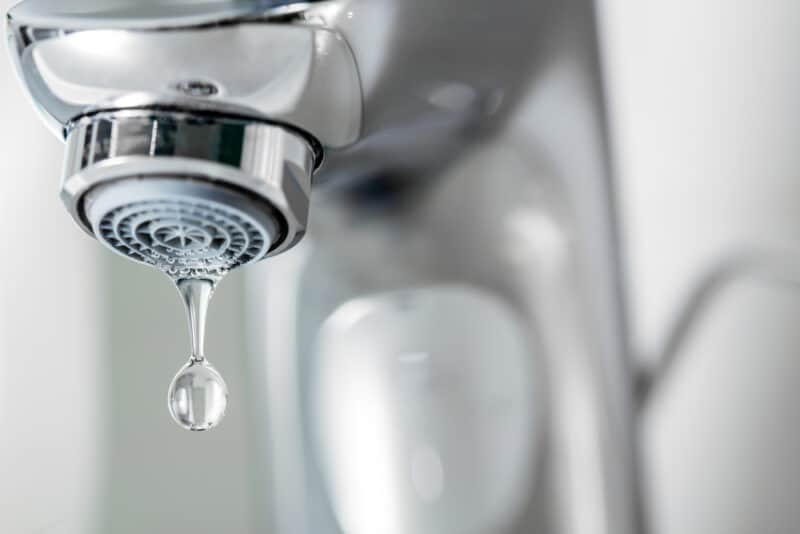
A leaky faucet can waste gallons of water a day. Even a slow leak can add a gallon or two of wasted water to your bill – without being noticed. Check for leaks regularly and repair them right away.
24. Install Water Saving Shower Heads
These easy-to-install shower heads can cut your water use almost in half. They’re easy to find at your local hardware store and even the cheapest option will make a difference in your efforts to conserve water.
25. Stop the Leaking Toilet
It’s hard to tell if your toilet is leaking. The water just seeps into the toilet bowl and we don’t even notice. Add a bit of food dye to the tank, avoid using the toilet, and watch to see if any color appears in the bowl. If you see color in the toilet bowl when the toilet hasn’t been flushed, call a plumber and fix the leak.
26. Put a Water Bottle in the Tank
Use a small, weighted water bottle in the toilet tank to raise the water level without using extra water. Raising the water level just a little can save a few gallons a day without affecting your toilet’s functionality at all.
27. Try A Composting Toilet
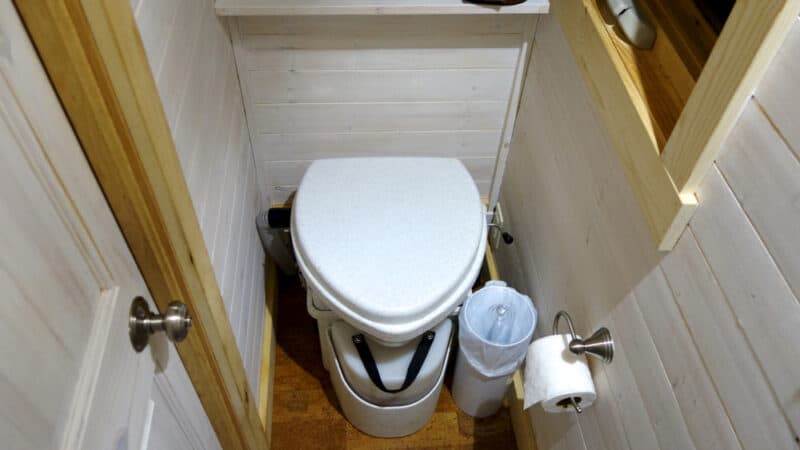
Having used a composting toilet for over 14 years, I can confidently say they’re a great option. Instead of flushing away gallons of water daily, try one of the many composting options.
28. Re-Use Waste Water
When you’re boiling eggs or pasta, don’t toss the water. Use it to feed your plants.
29. Explore Water Saving Settings
Some washing machines have an “eco wash” setting. It uses less water and it gets your clothes just as clean.
30. Upgrade Old Pipes
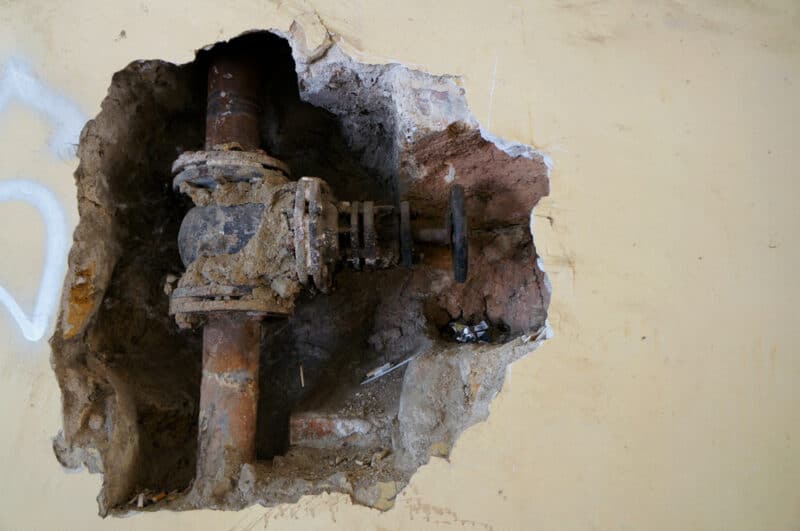
If your plumbing system hasn’t been upgraded in years, start planning an upgrade. Talk to an eco-minded plumber and save for the most water-conscious system in your budget. New plumbing is expensive, but the long-term benefits of a new system are enormous.
31. Ultra-Low Flush
While you’re upgrading your system, try installing ultra-low flush toilets (or composting toilets). The average toilet can use up to four gallons per flush. Ultra-low flush toilets use only about two gallons.
32. Install a Water Meter
With a water meter, you can monitor the effect your changes have on water use. This allows you to see where and when you’re using the most water and improve your choices on a personal basis. It’s a smart way to help you conserve water.
33. Get Rid of the Garbage Disposal
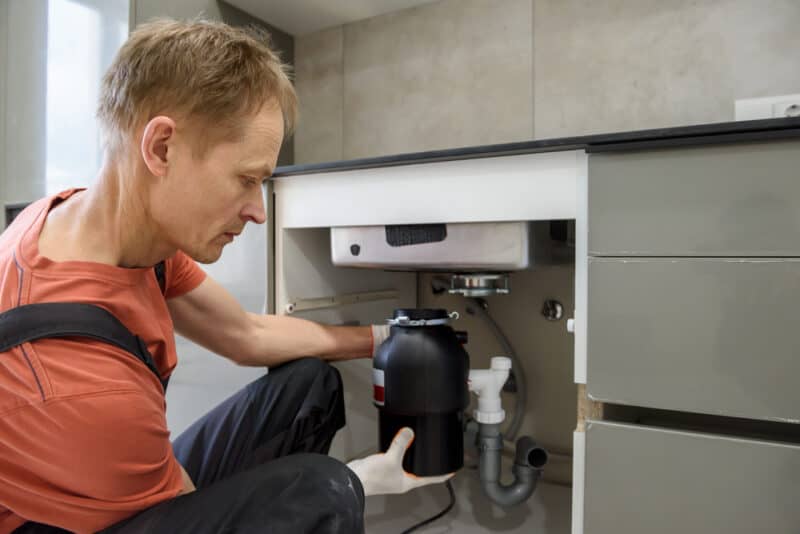
Garbage disposals in the sink waste a lot of water. They’re also unnecessary. Compost food waste instead.
